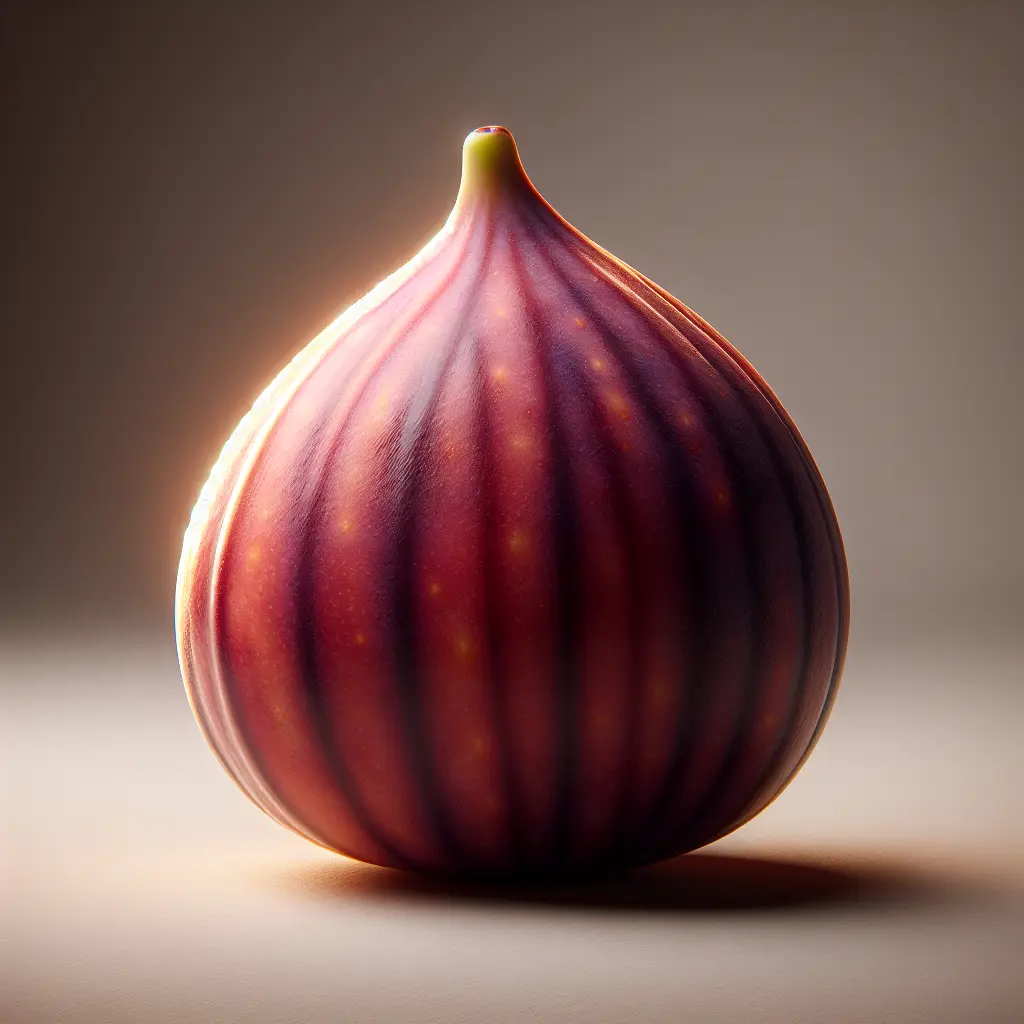The Enchanting Fig: A Culinary Gem
Figs, with their captivating shape and alluring taste, have long held a cherished place in gastronomy. These pear-shaped fruits, adorned with a delicate skin, have found their way into countless culinary creations, from sweet indulgences to savory delights. Their versatility extends across various cuisines, where they grace desserts, salads, main courses, and even beverages.
Unveiling the Nutritional Tapestry of Figs
Beyond their culinary allure, figs boast an impressive nutritional profile. A single medium fig, weighing approximately 40 grams, holds a modest 37 calories. This petite package is teeming with an array of essential nutrients, including:
- Fiber: Dietary fiber, a crucial component for gut health, constitutes a substantial 1.5 grams per fig. This insoluble fiber promotes digestive regularity and satiety.
- Potassium: Figs are a notable source of potassium, with a single fruit providing 110 milligrams. Potassium plays a vital role in maintaining electrolyte balance and regulating blood pressure.
- Antioxidants: Figs harbor a wealth of potent antioxidants, such as flavonoids and anthocyanins. These compounds shield the body against harmful free radicals, reducing the risk of chronic diseases.
- Vitamins and Minerals: Figs furnish a range of essential vitamins and minerals, including vitamin A, vitamin K, and calcium. These micronutrients contribute to overall well-being and support various bodily functions.
A Culinary Odyssey with Figs
The culinary applications of figs are as diverse as their flavors. Their natural sweetness lends itself to an array of desserts, where they take center stage in tarts, pies, and compotes. Their unique texture adds a delightful crunch to salads and grain bowls, while their subtle tang complements savory dishes like grilled meats and cheeses.
- Fresh Figs: The peak of fig season offers the opportunity to savor the fruit in its purest form. Fresh figs, with their delicate skin and juicy flesh, are a perfect snack or addition to fruit salads.
- Dried Figs: Dehydration intensifies the sweetness of figs, creating a chewy and concentrated snack. Dried figs are often incorporated into trail mixes, energy bars, and baked goods.
- Fig Preserves: The delectable flavors of figs can be preserved in the form of jams, jellies, and compotes. These preserves spread sweetness on toast, crackers, and pastries.
- Fig Vinegar: A unique culinary creation, fig vinegar captures the essence of the fruit in a tangy and versatile condiment. It adds a touch of acidity and depth of flavor to salads, marinades, and sauces.
Tracing the Historical Roots of Figs
Figs have a rich history that intertwines with ancient civilizations and culinary traditions. Their origins can be traced back to the Middle East, where they were cultivated as early as 5000 BC. In ancient Egypt, figs were revered as a sacred fruit, associated with fertility and abundance. The Romans prized figs for their nutritional value and incorporated them into their daily diets.
Over centuries, figs spread throughout the Mediterranean region, Europe, and eventually the Americas. They became a staple food source and a popular ingredient in traditional dishes. Today, figs continue to delight palates worldwide, inspiring culinary creations and evoking a sense of nostalgia and tradition.
How many calories are in Fig?
Each 1 medium of Fig contains 37 calories.
Fig Nutritional Information
| Nutrient | Amount per 1 medium (50g) |
|---|---|
| Calories | 37 Calories |
| Protein | 0.4g |
| Fat | 0.2g |
| Saturated Fat | 0g |
| Cholesterol | 0mg |
| Carbohydrates | 9.6g |
| Dietary Fiber | 1.5g |
| Sugar | 8.1g |
| Sodium | 0.0005mg |
| Potassium | 0.116mg |
| Calcium | 0.018mg |
| Iron | 0.0002mg |
